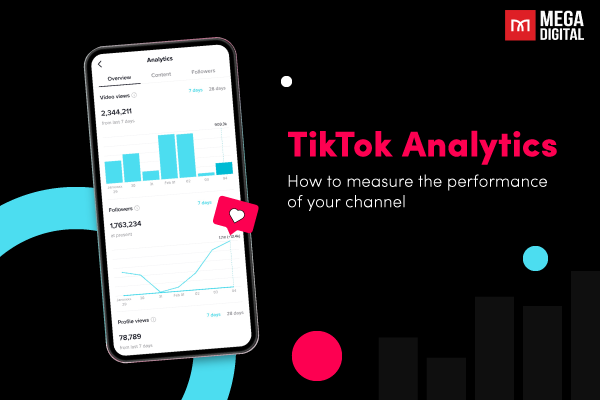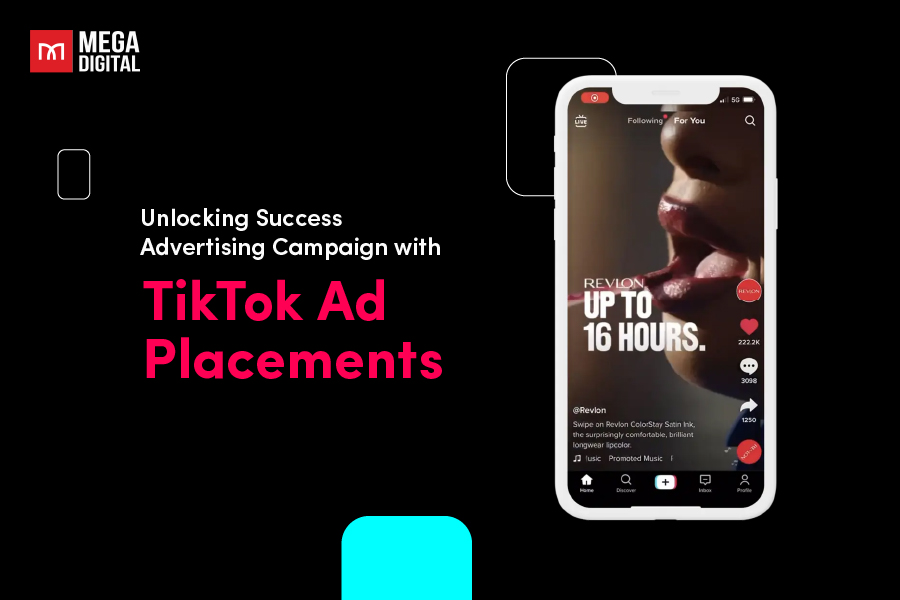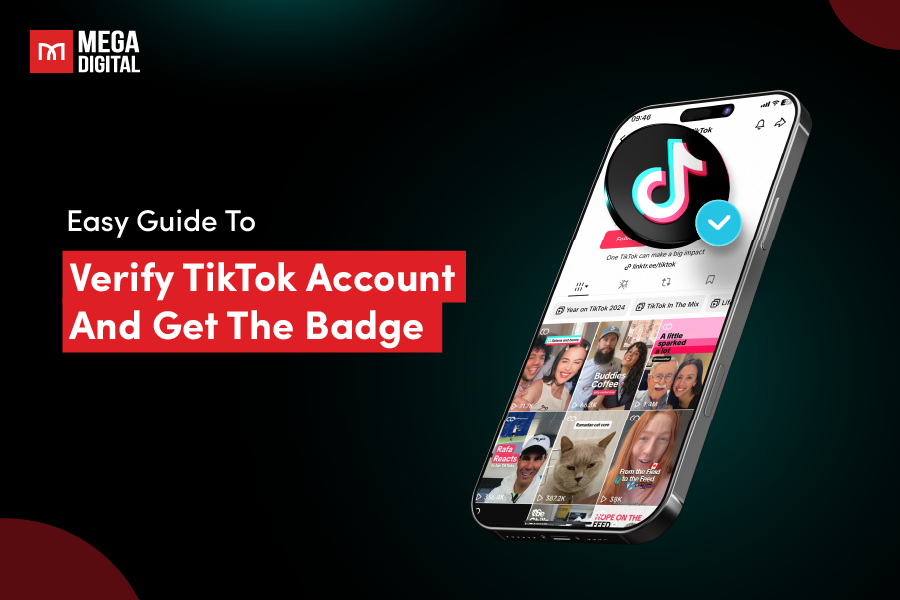As we step into 2025, the world of Google Ads is evolving at an unprecedented pace. Staying ahead of the curve in the ever-evolving world of digital marketing is crucial for any business seeking success. In this comprehensive guide, I’ll dive into the forecasted Google Ads trends for 2025, equipping you with the knowledge and insights to optimize your campaigns and maximize your return on investment.
- Top 7 Most Important Google Ads Trends to Watch in 2025
- #1 AI-powered and Automation tools will dominate the way we advertise
- #2 Investing more (and wisely) will guarantee your Google Ads success
- #3 Even micro conversions can convert. Don’t overlook them
- #4 Greater emphasis is placed on Broad Match
- #5 Visual and Shoppable Search Ads will drive more sales
- #6 Video Advertising will continue to thrive
- #7 Mobile device advertising will grow faster
- Future predictions for what will happen with Google Ads
Top 7 Most Important Google Ads Trends to Watch in 2025
As we navigate the dynamic landscape of Google in 2025, several key Google Ads trends are likely to shape the future of online advertising. Let’s explore the notable Google Adwords trends in detail:
#1 AI-powered and Automation tools will dominate the way we advertise
Artificial intelligence (AI) is rapidly transforming various industries, and Google Ads is no exception whatsoever. We can expect to see enhanced automation features powered by AI, allowing for more efficient campaign management and real-time optimization.
Automation and Smart Bidding Strategies
AI algorithms are currently employed to enhance bid optimization. You can expect to see some AI-powered bidding strategies like Target CPA (Cost Per Acquisition) and Target ROAS (Return On Ad Spend) become even more sophisticated, as they automatically adjust bids based on various factors like audience intent and predicted conversion rates.
Prepare yourself for the emergence of even more advanced AI functionalities in this domain.
AI-Driven Creative Assets Generation
Earlier this year, Google initiated the beta testing phase for an AI-powered chat model called Gemini, capable of autonomously crafting headlines and descriptions just based on your business goals and website URL. Beta access to the conversational experience in Google Ads is now available to all English language advertisers in the U.S. and U.K. Google plans to open up access in additional languages in the upcoming months.

This innovation could significantly impact small businesses or any entity aiming to rapidly produce a high volume of ads.
Interactive Ad Experiences
Google is exploring the application of AI in powering chatbots (such as Bard AI) capable of responding to customer inquiries. This could potentially transform our online interactions with brands.

In-depth Insights and Reporting
Instead of simply responding to historical data, AI can facilitate proactive campaign management through predictive analytics. By assessing past campaign results and current market trends, AI could predict potential challenges or opportunities in upcoming campaigns, and furnish marketers with actionable insights. You can expect the advent of even more potent reporting tools that simplify the process of discerning effective strategies from ineffective ones.
All these technologies are shaping the way we advertise in the digital landscape. By leveraging advanced technology, Mega Digital has been able to deliver exceptional results for over 5000 clients from 102 countries worldwide. Mega Digital’s success in technology applications has earned them access to exclusive features from Google, including heatmap data, benchmark reports, and access to internal AI tools. It is worth mentioning that these features are available only to top-tier agencies.
Ready to take your advertising to the next level? Start using Mega Digital’s Google Ads Management services today! Our team of experts is ready to help you create effective ad campaigns way faster, and way better!
#2 Investing more (and wisely) will guarantee your Google Ads success
Ad spending is expected to reach nearly $700 billion in 2025, marking an 11% increase year over year. This indicates that marketers who succeed at Google Ads in 2025 will be the ones who are willing to invest more budget and use it wisely.
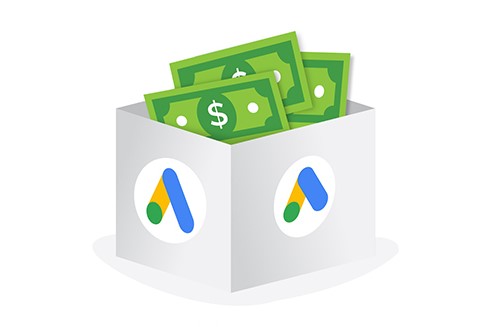
As more businesses turn to online advertising, the competition for ad space is increasing. This drives up the cost of advertising, making it necessary for successful advertisers to invest more in their ad budget. Also, successful advertisers are investing in multiple channels to reach their audience. This includes search ads, display ads, video ads, and social media ads. Each of these channels requires a separate budget.
So if you need to stand out from the crowd, the quality of your ad is not enough. Remember to make it present in as many placements as possible.
#3 Even micro conversions can convert. Don’t overlook them
Today’s fast pace and competitiveness of digital marketing require a sharper focus on the optimization of every step of the customer journey. No users should be left behind, even if they just perform a micro-conversion activity.
But what does ‘micro conversion’ mean? Well, I bet all of you reading this are getting a lot of micro conversions every day. Basically, micro conversions are small steps users take on the path to conversion. Some examples could include actions like adding a product to a shopping cart, signing up for a newsletter, downloading a resource, or even just viewing a product page.
These actions may not immediately result in a sale (known as the macro conversion, but they are critical steps in the customer journey that can eventually lead to a conversion. Therefore, gaining data about micro conversions and tracking them is crucial for advertisers to better understand how users move through the conversion process.
If you only pay attention to macro conversion (sales, in most cases), you could be missing out on signals about what matters to your audience and what drives them to make purchases.
#4 Greater emphasis is placed on Broad Match
In case you might not remember, Broad match is one of Google Ads’ keyword match types that helps brands reach more people with their ads and reduces manual keyword work. While broad match has existed since the inception of Google Ads, its early version wasn’t perfect and began losing momentum about 15 years ago. The match type has some clear downsides like wasted impressions and irrelevant queries, compared to other types.

However, thanks to new advances in AI and continuous updates, broad match has evolved tremendously. Today’s broad match understands people’s search queries on a deeper level and can identify keyword search intent. This makes it one of the most effective solutions for Search ads.
Google has been increasingly encouraging advertisers to use the broad match feature more than ever before. They are confident in smart bidding and AI’s ability to learn and optimize for results over time. The more data you provide to the AI, the better it can adapt to achieve the specified goal.
Here’s why Google is emphasizing Broad Match:
- Improved AI and Machine Learning: Google’s AI and machine learning algorithms allow for a better understanding of the intent behind users’ search queries. Even with Broad Match, the ads shown are still highly relevant to the user’s search.
- Maximizing reach: Broad Match can help advertisers reach a wider audience by showing ads for a wide range of search queries related to the chosen keywords.
- Efficiency: Using Broad Match can save advertisers time as they don’t need to spend as much time building extensive keyword lists.
#5 Visual and Shoppable Search Ads will drive more sales
Search has been trending towards a more visual and interactive experience for quite a while now. Consumers are increasingly drawn to engaging visuals, and Google Ads is catering to this shift by placing greater emphasis on these formats.
Search ads including images about the products or services, along with shopping ad extensions, allow users to see products and purchase them directly from the ad itself. They are designed to make the shopping experience more seamless and engaging, thereby increasing the likelihood of conversions.
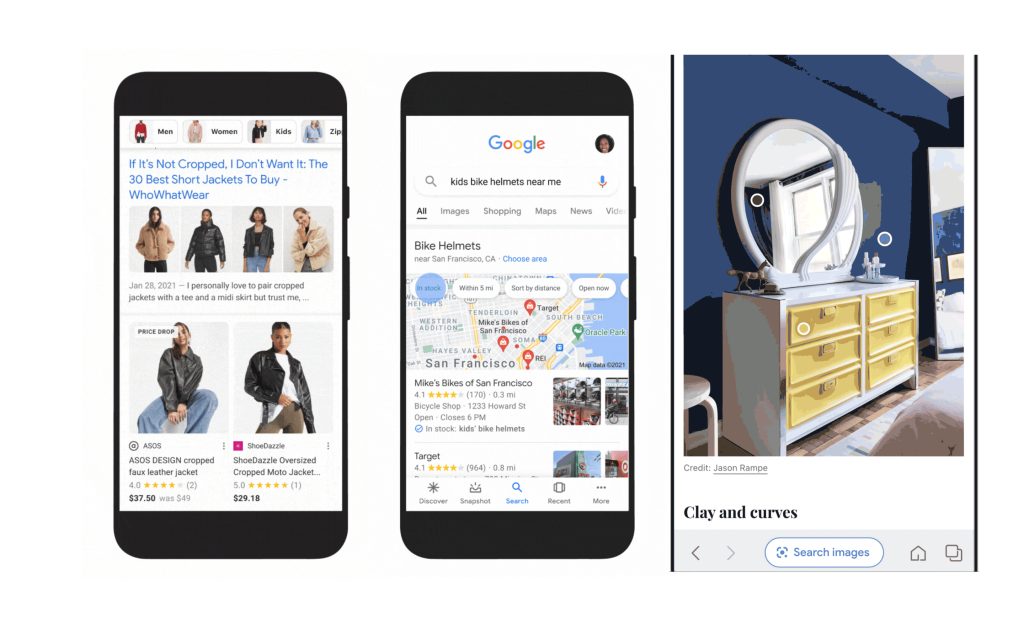
You can expect even wider adoption of visual and shoppable ad formats in 2025. Some visual search features like Google Lens and the newly-released Google Circle to Search (available for Android devices) will let shoppers instantly learn more about products with a simple screen tap. Therefore, advertisers need to optimize product data feeds for optimal performance in this visually rich search environment.
#6 Video Advertising will continue to thrive
The power of video storytelling in capturing attention and engaging audiences is undeniable. This trend translates seamlessly to the digital advertising landscape, with video ads expected to experience significant growth in Google Ads for 2025 and beyond.

Compared to static images or text, videos inherently hold viewers’ attention for longer. A research suggests that the average user remembers 95% of a message when it is watched, compared to 10% when it is read. Videos have the unique ability to evoke emotions and tell compelling stories, creating a stronger connection with viewers and leaving a lasting impression.
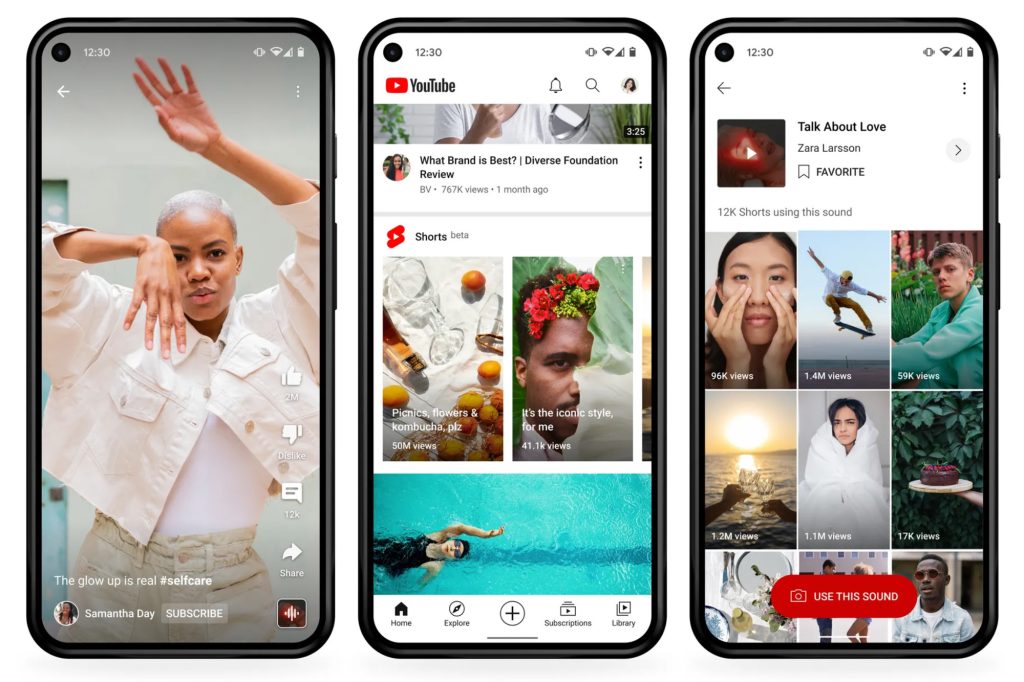
The popularity of platforms like TikTok and Instagram Reels has fueled the demand for shorter, snackable video content. We can definitely see this trend reflected in Google, with the release of YouTube Shorts in September 2020. As YouTube Shorts continues to gain traction, we might see increased integration between this platform and Google Ads. This could involve the ability to run ad campaigns specifically targeting viewers of YouTube Shorts content.
#7 Mobile device advertising will grow faster
With the proliferation of smartphones and high-speed internet, more people are spending time on their mobile devices. This has led to an increase in mobile advertising as businesses seek to reach their audience where they are most active. Mobile ad spending is expected to increase to nearly $433.7 billion by 2025.
To make sure your ads are friendly and accessible to mobile users, you should follow the following principles:
- Prioritizing responsive design: Ensuring your website and landing pages are responsive and user-friendly on all devices, particularly mobile, will be crucial for capturing leads and driving conversions.
- Leveraging mobile-specific ad formats: Exploring ad formats like app install ads and clickable call extensions designed for mobile users can enhance user experience and engagement.
Future predictions for what will happen with Google Ads
Based on these Google Ads trends, I will give some bold predictions (REAL HOT TAKES) about what’s going to happen in Google Advertising in 2025 (or even more years to come).
1. Integration of Augmented Reality (AR)
The year 2025 could mark the advent of Augmented Reality (AR) in search ads. Envision directing your phone at a product and instantly visualizing how it fits into your space or operates. AR ads could enable users to interact with products in a virtual setting directly from the search results, offering an experience that transcends static images.
2. 360-Degree Product Previews
In 2025, search ads could provide 360-degree views of products, enabling users to examine every aspect before making a decision. This feature would be particularly advantageous for high-value items like electronics, vehicles, or furniture, where detail and perspective are paramount. Given that Meta already has a 360-degree creative feature, it’s reasonable to expect Google to develop something similar.
3. Dynamic Image Ads
Considering the current state of PMAX and responsive ad formats, it’s conceivable that Google might take these a step further. Instead of static images, we might witness the emergence of dynamic image ads. These ads would adapt based on user behavior or preferences, such as displaying different product colors or styles based on the user’s past browsing history.
4. Video Integration in Search Ads
The incorporation of brief, auto-playing videos within search ads could become more widespread. These videos would offer quick previews or demonstrations of products, providing a more comprehensive understanding than images alone.
5. Voice-Activated Ads
People now also start searching with their voices more often. By 2025, it’s predicted that 92 million people will use voice assistants. With the rise in voice search, voice-activated ads could become a reality. Users could interact with ads using voice commands, rendering the search experience more accessible and hands-free.
Wrap-up
The landscape of Google Ads is constantly changing, with 2025 set to bring a host of exciting trends and developments. From the rise of AI and machine learning to the growth of video and mobile advertising, these Google Ads trends present both challenges and opportunities for advertisers.
Want to stay ahead of these trends with expert support? Contact Mega Digital to build a strategy that works for 2025 and beyond.







